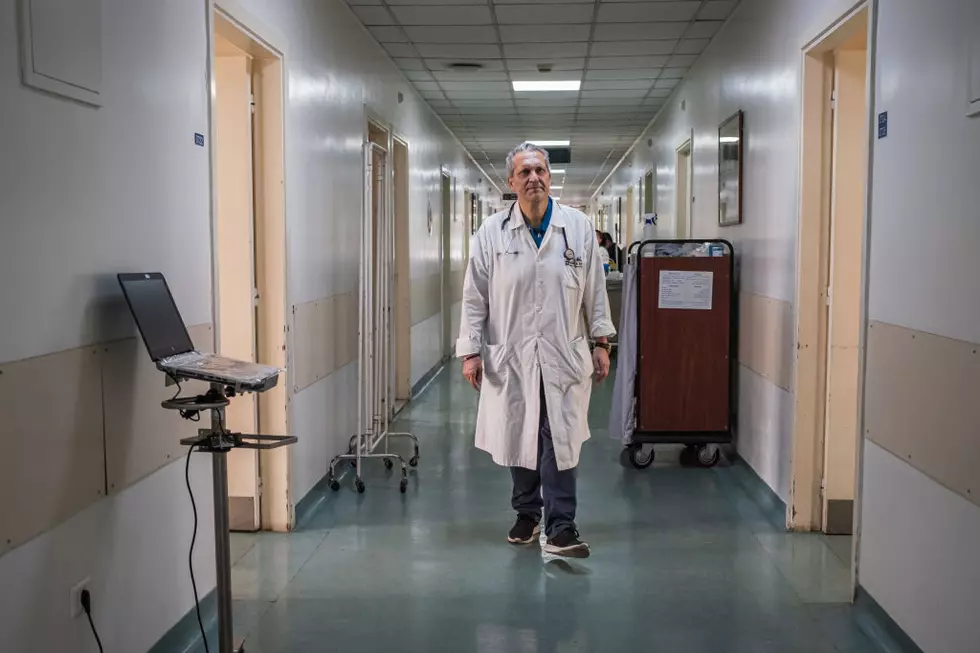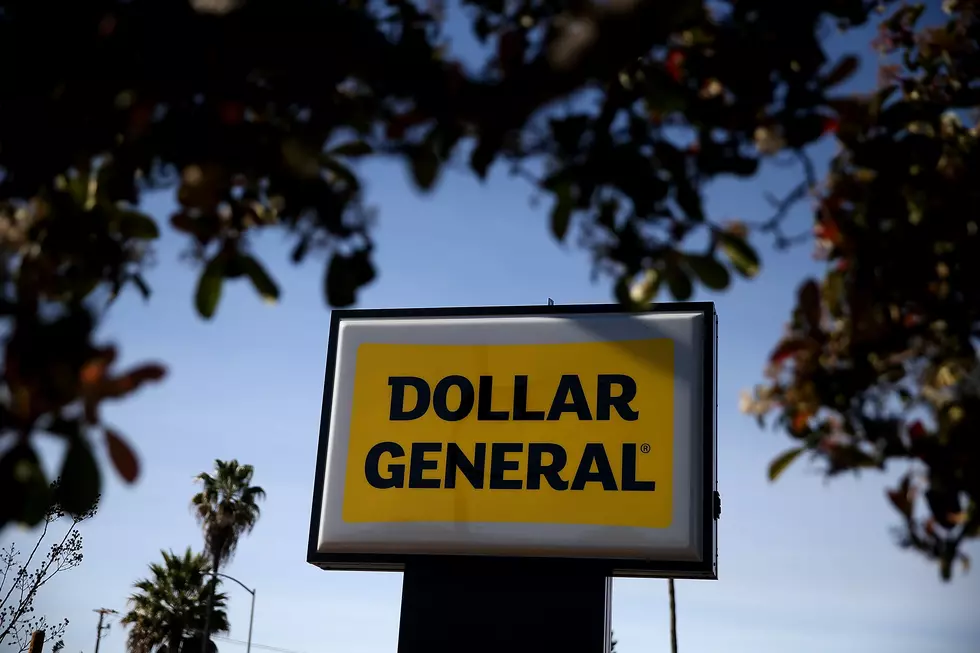
From Wuhan to New York City: A Timeline of COVID-19’s Spread
COVID-19, also known as the novel coronavirus, has spread quickly around the world. It has caused more than 44,216 deaths and infected more than 887,067 people as of April 1, 2020, according to Johns Hopkins' Coronavirus Resource Center. It’s already hard to remember life before COVID-19, but it was only in December that a doctor in China sounded the alarm about a new respiratory virus. Since then, cases have been confirmed in nearly every country and on every continent except Antarctica.
Although the virus was initially seen as a problem mostly experienced by China and the rest of Asia, it is no longer isolated to any specific location. Experienced most gravely by Italy, which has had over 12,428 COVID-19 deaths, the United States recently became the country with the most COVID-19 cases in the world.
The story of how COVID-19 spread so far and so fast is a story of government secrecy, delayed action, and a highly contagious disease we haven’t seen before. In order to better understand what has happened and what might follow, we constructed a timeline of the COVID-19 pandemic from its first mention by Dr. Li Wenliang in Wuhan, China, to its explosion across Europe and the United States. The situation changes daily, but what is clear is that this virus is still spreading quickly and that the surest way to slow it down is to keep people apart through social distancing and isolation and “flatten the curve.”
This timeline includes information from a range of sources including news outlets such as the New York Times and CNN, science articles, and releases from the World Health Organization. While it is not completely comprehensive, it tells the story of the COVID-19 pandemic through 30 key milestones of this global health crisis.
From Wuhan to New York City: A Timeline of COVID-19's Spread
More From Alt 101.7










